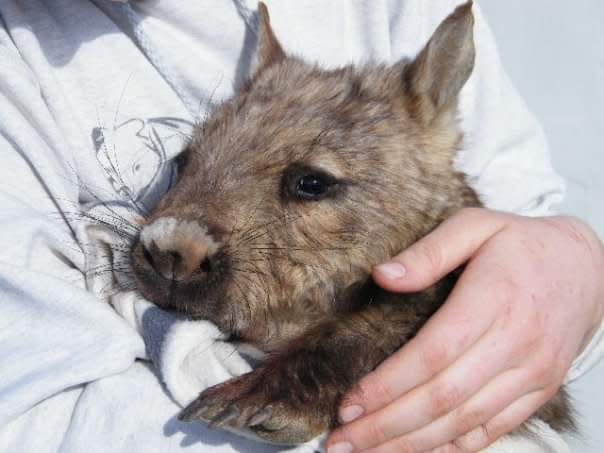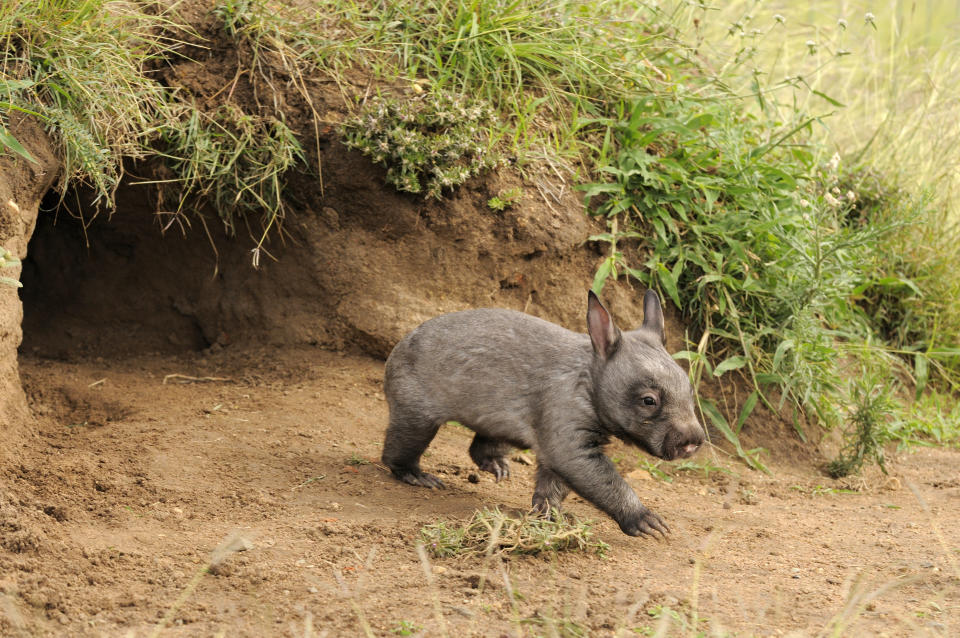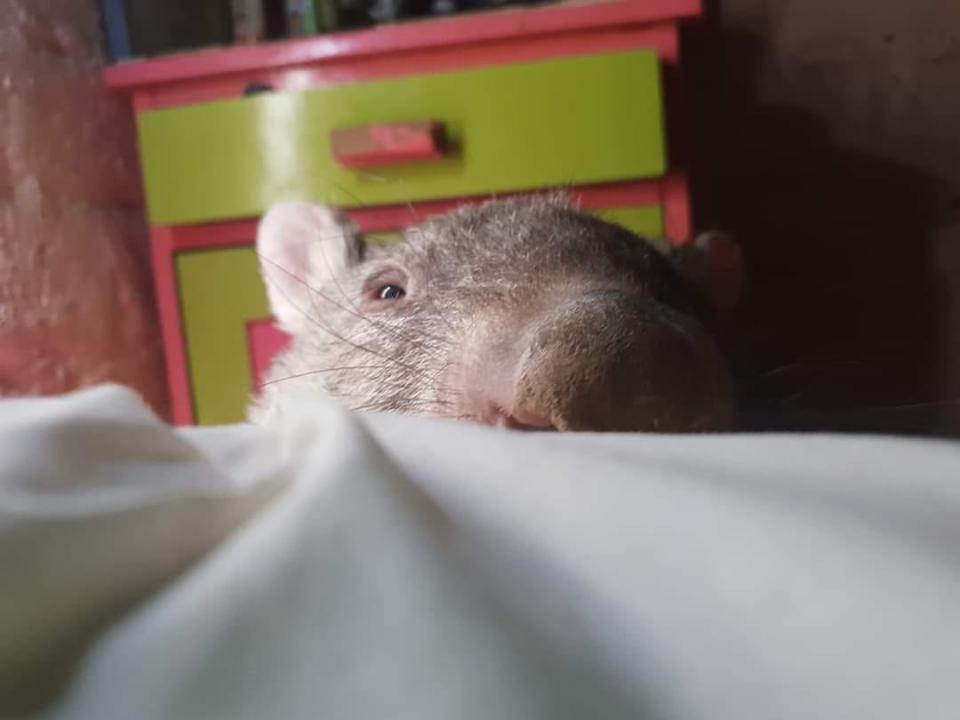'Slaughter will kill mothers and their babies': Permit issued to cull 200 wombats
Wildlife advocates say they are “in tears” after the South Australian government issued a permit for a landowner to destroy up to 200 southern hairy-nosed wombats.
Wombat Awareness Organisation issued an online plea on Friday for urgent help, calling for donations to help prevent the cull at Point Pearce, 150km west of Adelaide.
The group estimates that the idyllic Yorke Peninsula is home to just 640 southern hairy-nosed wombats and say the slaughter will have a significant effect on the area’s population.
“We are in tears about this as you can imagine,” a Wombat Awareness Organisation spokesperson wrote on Facebook.
“This shouldn't be legal, but it is. We have to do something about this.
“It is baby season so this slaughter will kill mothers and their babies.”

The deaths of more than a billion animals in this season’s unprecedented bushfires has brought increased awareness to the plight of wildlife in Australia.
As carers work to rehabilitate native animals, many are becoming increasingly frustrated by government issued permits allowing for ongoing culls.
Across Australia, there are thought to be only 60,000 to 130,000 southern hairy-nosed wombats in the wild with ongoing threats including mange, habitat destruction, drought and culling.
In a statement, a Department of Environment (DEW) spokesperson said they regularly receive permit requests for the destruction of wombats and other native animals and in this case granted one to Point Pearce, Aboriginal Lands Trust (ALT).
“The National Parks and Wildlife Act allows for permits to be provided for the destruction of native animals where those animals are damaging, or are likely to damage, the environment, crops, stock, property or environmental amenity, or are posing a safety risk or hazard to people or industry,” the statement said.
“A decision to approve a permit takes into account the species abundance, the nature of the impact caused by the species, human safety and economic considerations.
“The decision is also based on what other methods of management have been undertaken or considered, to live with, or manage the wildlife in some other way, as well as several other factors. Strict codes of practice and animal welfare standards also apply.”
‘They’re part of our storyline’: Wombats have cultural significance
Yorke Peninsula traditional owner Quentin Agius told Yahoo News Australia that the cull permit has upset the community and alleges that the Point Pearce Aboriginal Mission was not consulted by ALT or government before the cull permit was issued.
“None of them people came to the community to consult with the people at Point Pearce on the mission,” he said.
“That’s what makes it seem funny, you think they’d have told us - Aboriginal Lands Trust.
“So we don’t know what’s going on.”

Hairy-nosed wombats are known to have extensive burrow networks, and the animal’s complex social system has been incorporated into local Indigenous storylines.
As Mr Agius spoke, he sat with his daughter and grandchildren in order to teach them the importance of standing up for cultural issues.
“That’s what I want to show my grandkids, that (wombats are) more than animals, they’re part of us,” he said.
“They mean a lot to us - they’re part of our storyline that travels from somebody else’s country in through our country, and the old people told us these stories and the connection.
“So these wombats, they’re like little colonies of people when you look at them, cause they all mix up and talk with each other.
“What they’ve been doing is cutting off the colonies for years – they’re all these seperate little groups now, and now you’re only counting them as individuals.
“A long time ago old people used to talk about how they travelled and how they’re part of the country, and they’re part of the cultural living land formations where storylines run through.”
Landowner says permit obtained to control wombat population
ALT chief executive John Chester told Yahoo News Australia that he disputes claims by Mr Agius that the community was not consulted
He said the planned cull is part of a wider management plan, approved three years ago, to give the Point Pearce community self determination and allow the area to be leased for farming.
“We’ve done the right thing legally,” he said.
“This is the community and ALT that are working together to control an overpopulation of wombats.
“Nobody has mentioned that these wombats have mange, nobody has mentioned about the health of the children in this.”

'War for public opinion': Vet furious as government announces duck hunt amid wildlife crisis
'$20 per scalp': Dingo bounty flyer sparks concern over animal's future
'Exploited by an old rule': Loophole closed to protect Aussie icon
Mr Chester said the cull will take place on 7,000 acres of arable farm land, leaving 7,500 acres set aside for wombats.
He believes there are more than 3,000 of the animals in the area and said ALT are using drones with thermal imaging to refine their estimate.
“At the end of the day, these are Aboriginal people that want to manage their own land and here’s a lot of people here dictating the terms of how they want to manage their land,” he said.
Do you have a story tip? Email: newsroomau@yahoonews.com.
You can also follow us on Facebook, Instagram and Twitter and download the Yahoo News app from the App Store or Google Play.




